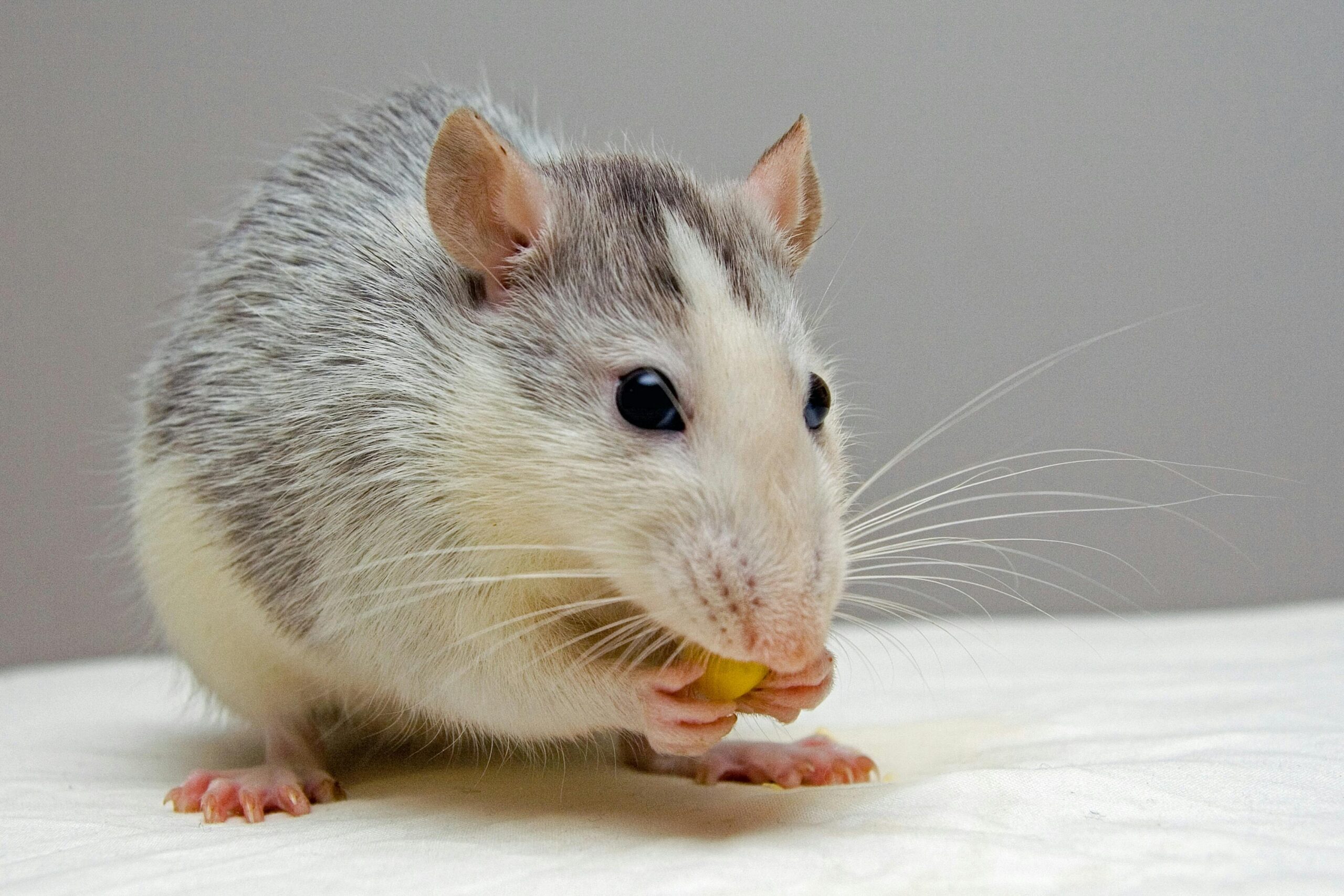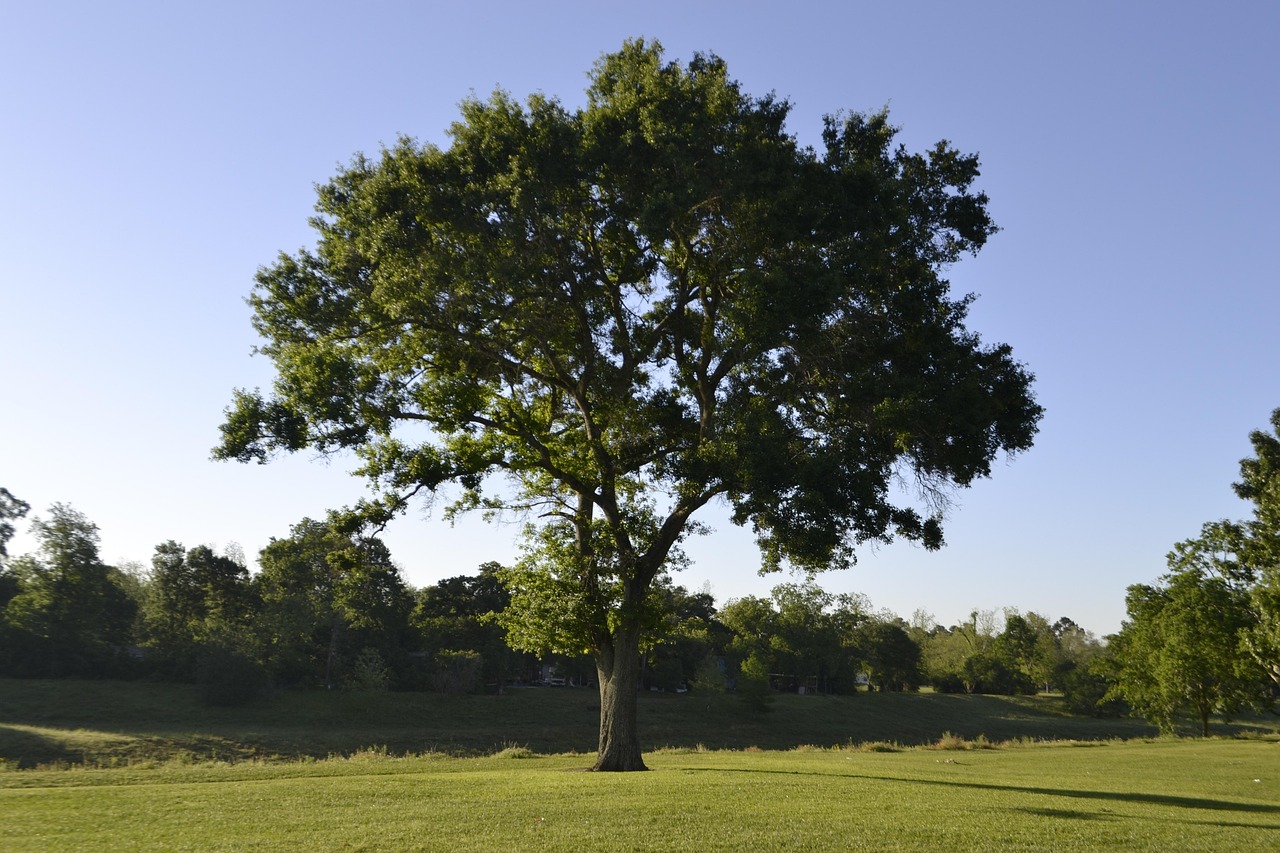(image credit: by Valeria Boltneva)
The oldest known evidence of winemaking dates back to 6000 BC in the country of Georgia. Discover how ancient clay jars, DNA testing, and a wine-loving culture reveal the roots of one of humanity’s oldest pleasures.
The Origin of Wine Is Older Than You Think
When you think of ancient civilizations, your mind probably jumps to the pyramids of Egypt or Mesopotamian cuneiform tablets. But quietly fermenting in the background of history—literally—was wine. According to archaeological findings, the world’s oldest wine dates back over 8,000 years, with the first confirmed winemaking site discovered in modern-day Georgia (the country, not the U.S. state).
In 2017, archaeologists from Canada and Georgia uncovered clay pottery fragments at two Neolithic villages south of Tbilisi. Through residue analysis, they discovered traces of tartaric acid (a key marker of grapes and wine), along with microscopic grape starch, pollen, and yeast—proving that the ancient residents were intentionally fermenting grapes.
The Ancient Qvevri: Fermentation, Stone Age Style
The winemaking vessels they found are called qvevri (also spelled kvevri), large egg-shaped clay jars used for fermenting, aging, and storing wine underground. What’s remarkable is that this traditional method is still used today in parts of Georgia, preserving a direct connection between past and present.
These ancient qvevris could hold hundreds of liters of wine and were sealed with stones and beeswax to protect the fermenting grape juice. Researchers believe this fermentation technique represents the earliest large-scale winemaking system known to science.
The Grapes of Time: DNA Links to Today’s Vines
It gets even more amazing. Scientists used DNA analysis on grape remnants from the site and confirmed that they were domesticated Vitis vinifera—the same species still used in modern wine production. This means many of today’s favorite varietals, from Pinot Noir to Cabernet, are direct descendants of these ancient vines.
Wine, it turns out, isn’t just a beverage—it’s a bridge to our past.
Wine Culture in Georgia: More Than a Drink
In Georgia, wine isn’t just for sipping; it’s part of their identity. With over 500 indigenous grape varieties and a tradition of “supra” (feasting with toasts), Georgian winemaking is now recognized by UNESCO as an Intangible Cultural Heritage of Humanity.
Even today, you’ll find families in rural Georgia making wine just as their ancestors did—fermenting grapes in backyard qvevris and hosting guests with homemade reds and whites.
Final Pour: Why This Matters
Understanding the ancient roots of wine helps us appreciate not only its flavor, but its legacy. That glass of wine at dinner? It carries 8,000 years of history, science, culture, and craftsmanship.
So the next time you raise your glass, take a moment to toast the original winemakers of Georgia. You’re not just drinking wine—you’re sipping history.
Key words:
Oldest wine in the world
Georgian wine history
Qvevri winemaking
Ancient winemaking
8000-year-old wine discovery
Origin of wine Georgia


